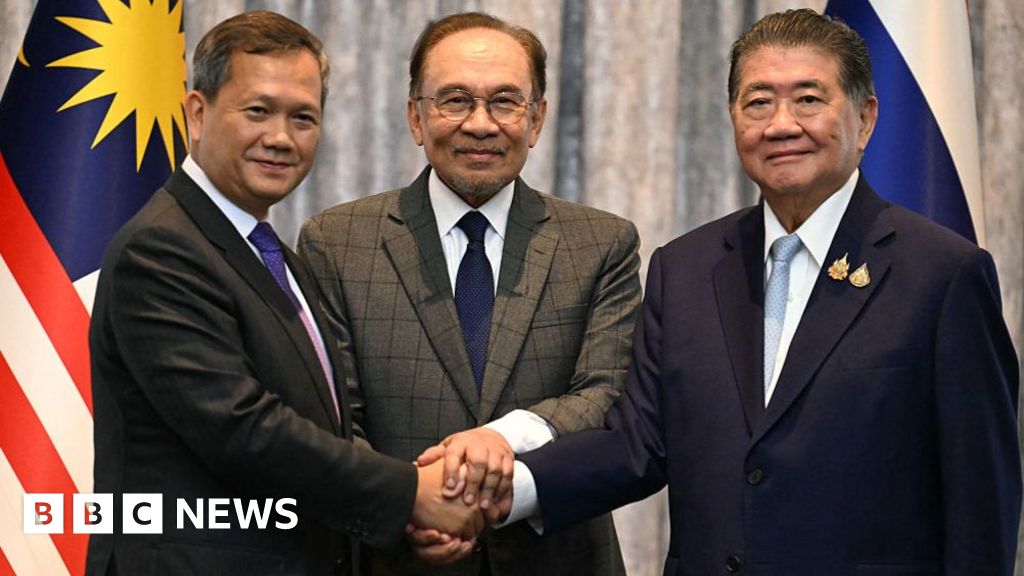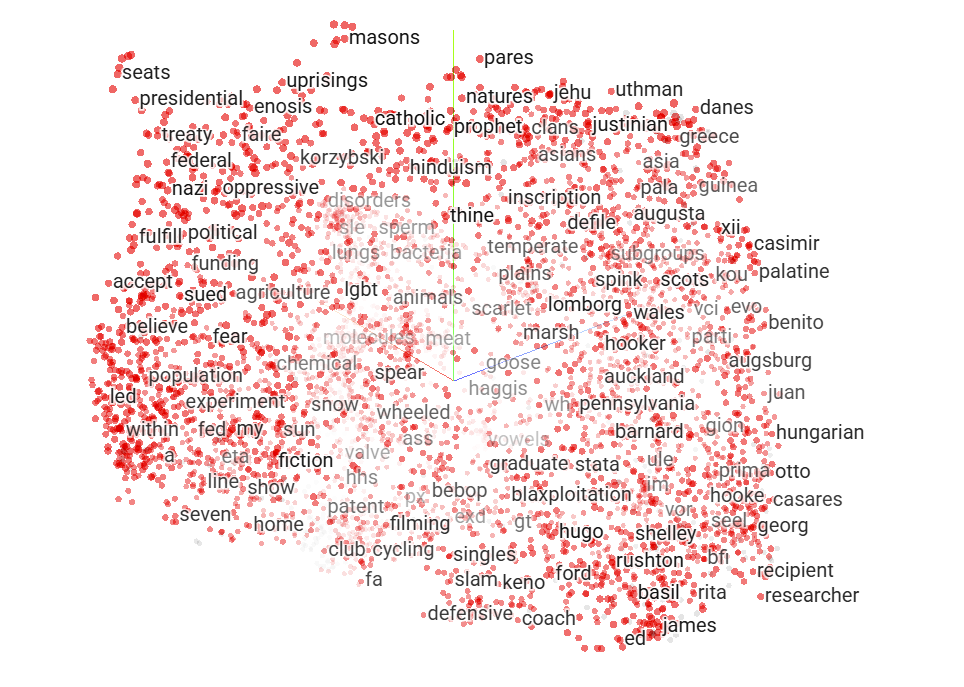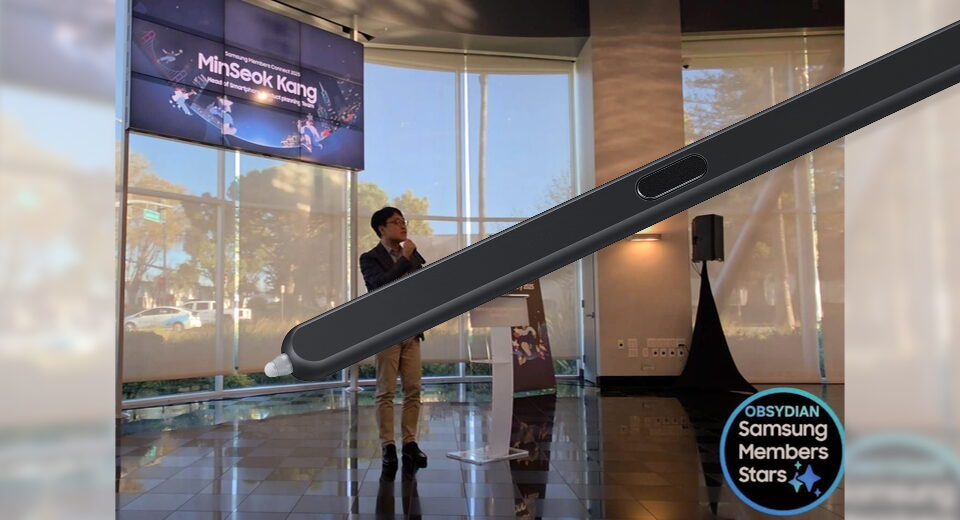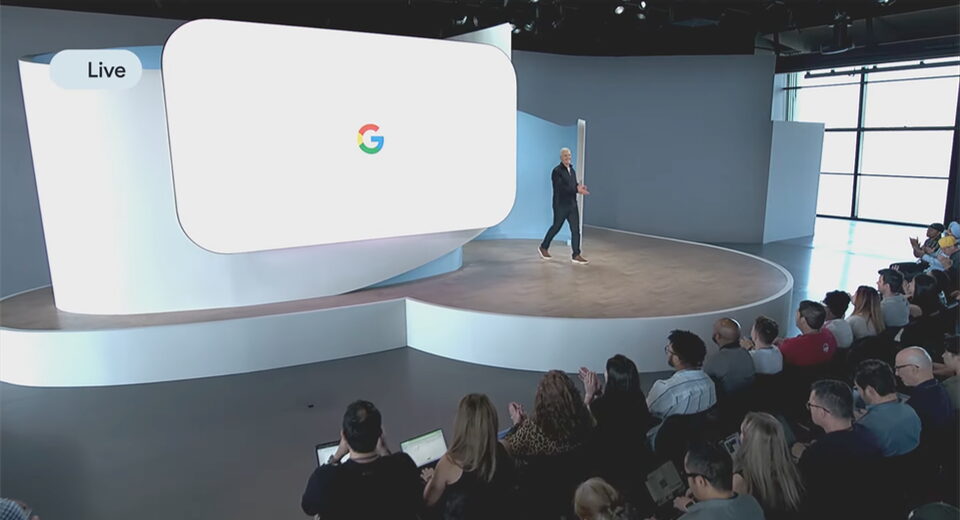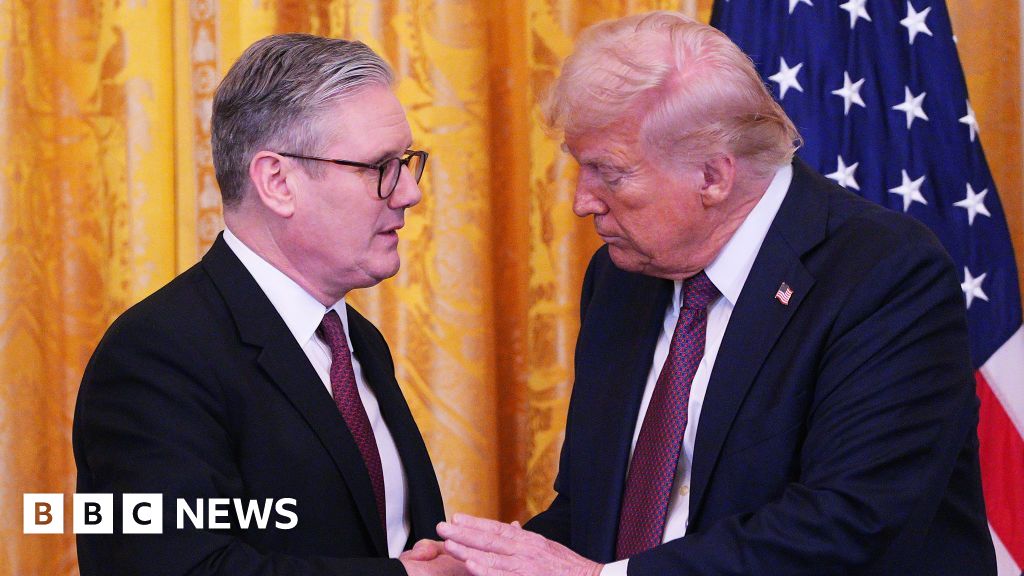The rise of Japan's far right was supercharged by Trump - and tourists
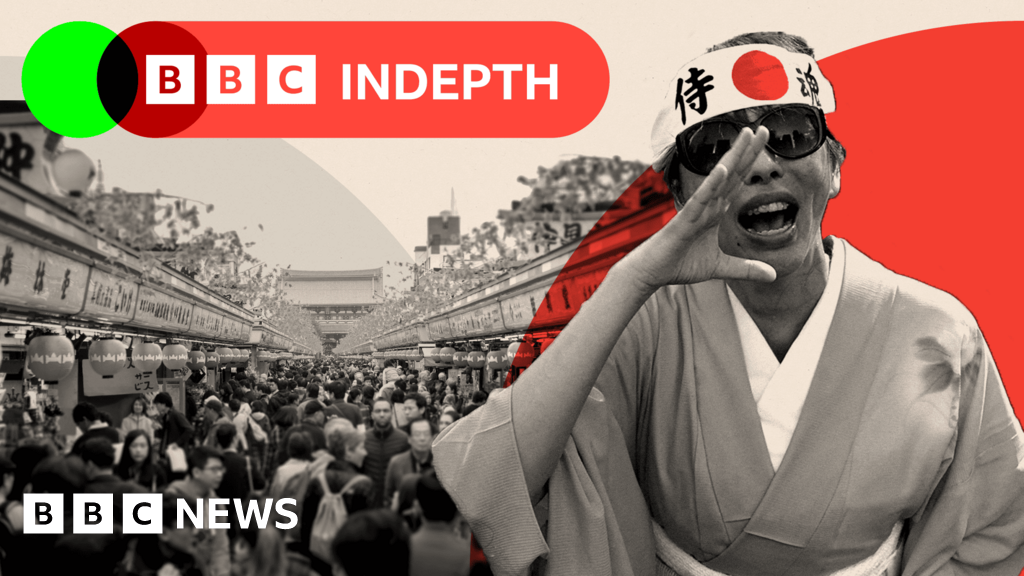
The rise of Japan's far right was supercharged by Trump - and tourists

 Shaimaa KhalilJapan Correspondent
Shaimaa KhalilJapan Correspondent
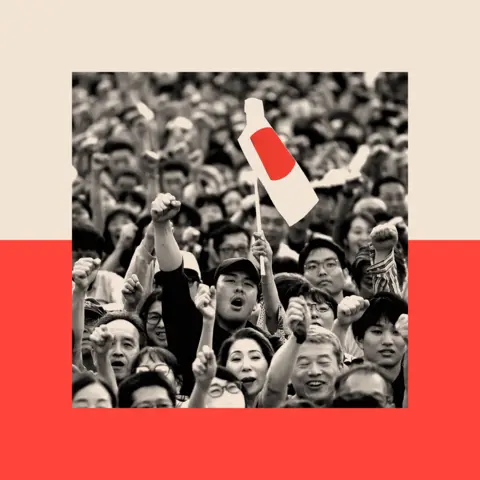 Reuters
ReutersJapanese politics is a usually steady ship, verging on the boring most of the time.
Not anymore.
Last Sunday, a once obscure far-right party, Sanseito, surged from one to 15 seats in the elections, making them a serious contender in Japan's political scene.
With their "Japanese First" slogan, riffing off US President Donald Trump's "America First", they have truly ruffled the feathers of the ruling Liberal Democratic Party (LDP) and its embattled prime minister, Shigeru Ishiba.
For him, the last week was something of a rollercoaster.
In the election, his ruling LDP coalition lost their majority in the upper house of Japan's parliament - having already lost control of the lower house last year - prompting calls for his resignation from his own party.
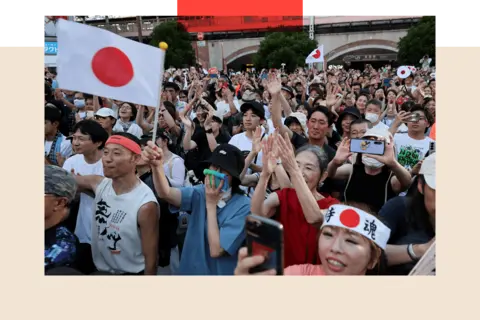 Getty Images
Getty Images
By Wednesday, he had sealed a deal on tariffs with the US, which the US president called "massive". But while this gave the economy a badly-needed dose of stability, it still couldn't salvage Japan's politics from upheaval.
Japan is one of the most stable democracies in the world; their elections are rarely surprising. The LDP has governed almost continuously since 1955 (except brief spells). It seemed immune to the populism seen in other countries.
But the party now faces one of its most serious challenges in post-war history.
So what turned the land of humdrum politics into a fierce political battleground - and drew many to the far right?
Rice wars: anger in supermarkets
It has been a tough few years for Japanese households. They have struggled with inflation, high prices, stagnant wages and a sluggish economy.
Take the price of rice. It has doubled since last year and a typical 5kg bag of it now costs above 4,000 yen (£20) in supermarkets.
This is partly due to a supply shortage caused by a bad harvest in 2023, but it was compounded by a powerful earthquake, which prompted warnings of a "megaquake" - causing shoppers to stockpile in panic.
Footage on local TV channels and on social media showed long lines of people queuing to buy rice.
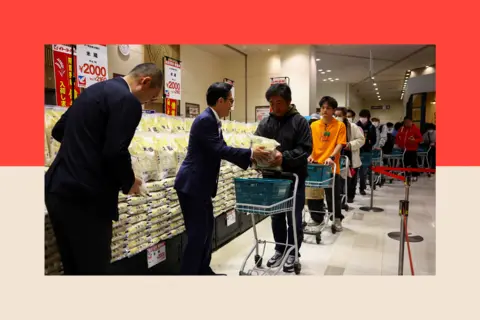 Reuters
Reuters
"Rice is a staple for us. We've always sort of taken it for granted [but] this affects everyone, not just me and what my baby eats, but people's business as well," explains Momoko Abe, 36, who is shopping with her four-month daughter in a supermarket in northern Tokyo."It was quite shocking to see that the price could rise like this in such a short period."
Another shopper, 65-year-old Watanabe Takeshi, tells me he doesn't have much choice. "It's expensive but we have to buy it. The price of rice is controlled by the government," he says.
The agriculture minister, Shinjiro Koizumi, has vowed to bring prices down and to modify the supply chain - and more rice has already gone into the market - but prices remain high.
It is a symptom of a government struggling to revive the economy and contain inflation.
From 'America First' to 'Japan First'
Young Japanese people in particular are fed up. "[We are] sick of the current political situation," a young voter called Eriko Harada told a news outlet at a Sanseito rally.
Another young voter, Uta Kato, says: "It's simple. The reason Sanseito won so much support is because they speak on our behalf."
Voters' frustration - and anger - is palpable in political rallies, as it is in the aisles of supermarkets. It's what, in part, drove many to support a "Japan First" party. But something else was at play too.
"I think we can attribute a lot of this to ripples coming from the White House, from Maga land," argues Jeff Kingston, professor of Asian studies and history at Temple University in Tokyo, referencing the Make America Great Again movement that backed Trump.
"Trump is empowering the primordial in people all over the world."
 Getty Images
Getty Images
Another parallel with Trump's Republicans, as well as other right-wing movements and parties across the world, is the focus on immigration.
Japan has historically had very low levels of immigration but it has been on the rise. The number of foreign residents living in Japan at the end of last year was approximately 3.77 million - an increase of almost 11% from the previous year, and a new record high.
Japan's population is ageing fast, and many argue that the country needs migrants to work, pay taxes, and take care of the ballooning numbers of elderly people.
But others feel differently.
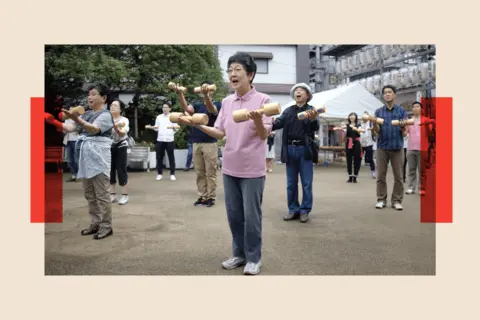 AFP via Getty Images
AFP via Getty Images
"The number of foreign immigrants who don't obey the rules is increasing," argues the young voter Uta Kato.
"The burden on citizens including taxes is bigger so life is getting more difficult."
Sanseito blames the government for policies that have allowed more foreigners into the country.
"We are not promoting xenophobia," the party's founder, Sohei Kamiya, said at a news conference in June. "Japanese people feel unease and dissatisfaction because there are no established rules for accepting foreigners."
In another news conference he said: "Many citizens are frustrated that too much money is being spent on social security and education support for foreigners."
Welfare minister Takamaro Fukuoka - of the LDP - has rebutted the claim that the government is providing favourable medical or welfare benefits to foreign residents.
Still, the message resonates with supporters. "Foreigners are scary. I'm afraid they may go on a rampage," a 54-year-old Sanseito volunteer told the Asahi Shimbun newspaper. When asked why he feared foreigners, he admitted that he had not experienced any direct harm from them.
A 35-year-old homemaker attending a Sanseito rally with her husband and child told the paper: "Sanseito says things that other parties don't say."
But the far-right party's focus on foreigners doesn't just apply to people seeking to live in Japan. Sanseito has another, more unusual target on its list: tourists.
Tourists taking selfies and behaving badly
A weak yen has forced Japanese families to tighten their belts - but it also enables millions of tourists to enjoy holidays here (where their money goes a lot further than it used to).
As a result, Japan has seen a large rise in incoming tourists. Almost 37 million of them travelled to Japan last year, according to the National Tourism Organisation - an all-time high.
Most came from other east Asian countries, like China and South Korea, with a substantial minority also coming from the West.
Some argue that tourists behave in an uncouth, disrespectful way - violating the strong norms of courtesy on which Japanese people pride themselves.
 Getty Images
Getty Images
Last November, a 65-year-old American tourist was arrested on suspicion of scrawling graffiti onto a wooden gate at the Meiji Jingu shrine in Tokyo.
Also last year, residents in the town of Fujikawaguchiko admitted their frustration over tourists breaking traffic rules in order to photograph Mount Fuji, which looms over the area.
The pretty town, in the foothills of the volcano, is often a base for climbers. It is also on the banks of Lake Kawaguchi. The area is known for its striking beauty - but eventually authorities erected a screen to block the view.
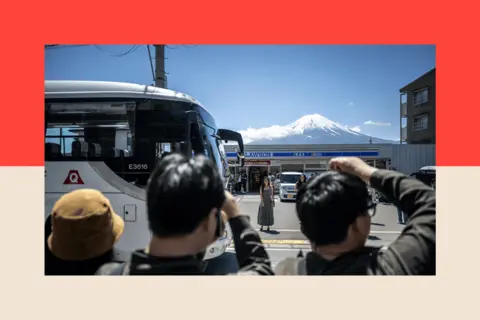 AFP via Getty Images
AFP via Getty Images
"It's regrettable we have to do this because of some tourists who can't respect rules," a local official said.
Kazuhiko Iwama, 65, who has lived in the town his whole life, told me about this at the time. "[Tourists] cross the street and they don't seem to care about the cars at all, it is dangerous," he said.
"They leave trash and cigarette butts everywhere."
Even after the mountain was shielded from view, some tourists found ways to take a selfie. Some incidents were caught on video and posted online.
Spreading 'false information about foreigners'
This all fuelled a frustration that led to many voters turning to Sanseito - and resulted in its ballot box success.
But not everyone believes this was done fairly. Some analysts have argued that the right-wing party has conflated misbehaviour and bad manners by some tourists with Japan's immigration issue and lumped it into one "big foreign problem".
"They have spread false information about foreigners [saying that they're] creating large amounts of crime and threatening the public order," says Jeffrey Hall, a lecturer in international studies at Kanda University of International Studies, in eastern Japan.
"They have also been fixated on the idea of foreigners buying property."
Days before the vote, the prime minister's administration spoke about the issue too, announcing a new government taskforce to fight "crimes and disorderly conduct" by foreign nationals.
His party has also promised a target of "zero illegal foreigners".
The Trump admirer who started Sanseito
Sanseito, which translates as "Participate in Politics," started in 2020, the year when the Covid-19 pandemic was at its height, and gained prominence with YouTube videos that spread conspiracy theories about vaccinations.
Its founder Sohei Kamiya is a former supermarket manager and reservist of the Self-Defence Force (how Japan describes its army). He has credited Trump as an influence for his "bold political style".
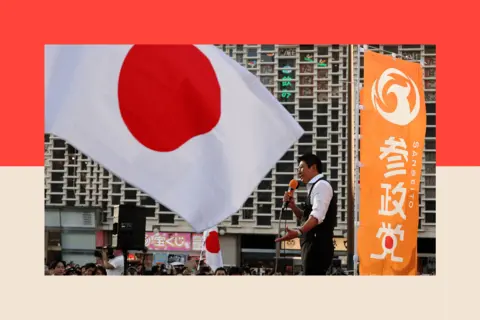 Reuters
Reuters
He attracted people on social media who were unhappy with conventional parties, gaining support with warnings of a "silent invasion" of immigrants, and pledges for tax cuts and welfare spending. And in 2022, Kamiya was Sanseito's only candidate to be elected into the upper chamber.
In a video released on his YouTube channel, Kamiya referred to the "deep state", the idea that the military, police and political groups work secretly to protect particular interests - and rule a country without being elected.
"There is a deep state everywhere," he said in the video. "Such as in the media, the medical field, the agricultural field and Kasumigaseki [government agencies]."
He also made certain contentious remarks on the campaign trail, which spread on social media.
"Once the election campaign cycle started, every media outlet and online forum was talking about 'Sanseito'… and controversial statements or policy positions," says Rintaro Nishimura, an associate at the Asia Group think tank.More from InDepth
Kamiya faced backlash after he branded gender equality policies "a mistake" because, in his view, they encouraged women to work and kept them from having children.
But he defended his stance. "The phrase 'Japanese First' was meant to express rebuilding Japanese people's livelihoods by resisting globalism," he said in one interview.
"I am not saying that we should completely ban foreigners or that every foreigner should get out of Japan.
"We were criticised as being xenophobic and discriminatory. The public came to understand that the media was wrong and Sanseito was right."
Gusto over policy?
Prof Kingston says his success is less about policies and more about gusto. "It wasn't so much the content of the message, but how the message was delivered," he argues.
"It's the passion, the emotions and the social media. People [in] their 30s and 40s think, 'We want change… we may not buy into everything he is pedalling, but he can change things and address my concerns'."
In addition to the swelling youth base, a large number of the LDP's core conservative voters have also turned to Sanseito because they no longer see the ruling party as right-wing enough.
 Getty Images
Getty Images
The late former prime minister, Shinzo Abe, represented the far-right of the LDP and that kept voters on board. His successors like Fumio Kishida and now Ishiba represent a more moderate wing of the LDP.
"For voters on the far right, they lost their home. They want a more ardent advocate for their positions. And Kamiya is that passionate advocate," Prof Kingston says.
Ultimately, it is too early to tell whether this populist trend will endure in Japanese politics, say analysts. Though it may be seen as the refreshing agent of change in politics, it has yet to be put through the wringer of close scrutiny.
The governing LDP may be the weary incumbent but it is still a big beast that has weathered many political storms. 
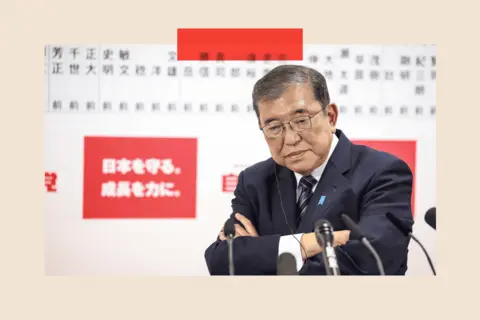 EPA
EPA
It remains the most experienced party when it comes to foreign relations; recently, it had to navigate a volatile global order and an unstable Asia-Pacific region.
Domestically, the LDP is down but not out. If nothing else, this is because there is currently no alternative considered viable enough.
But the far-right's success has hammered home a new reality: voters can no longer be taken for granted. And while Japan historically cherished its stability, a new generation is hungry for change - even if its not yet clear what that looks like.
Top image credit: Reuters
BBC InDepth is the home on the website and app for the best analysis, with fresh perspectives that challenge assumptions and deep reporting on the biggest issues of the day. And we showcase thought-provoking content from across BBC Sounds and iPlayer too. You can send us your feedback on the InDepth section by clicking on the button below.
What's Your Reaction?
 Like
0
Like
0
 Dislike
0
Dislike
0
 Love
0
Love
0
 Funny
0
Funny
0
 Angry
0
Angry
0
 Sad
0
Sad
0
 Wow
0
Wow
0


